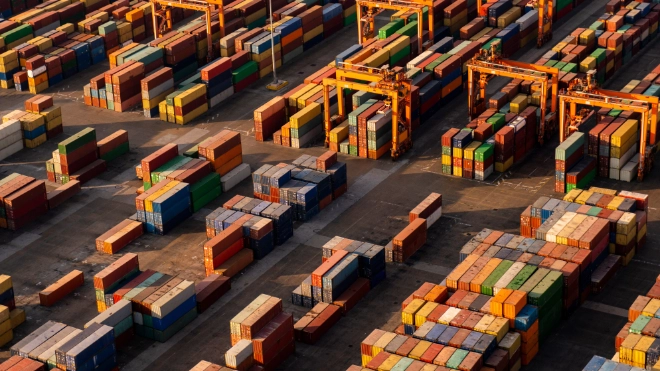Login

Featured
We recommend this information for you

News
Latest news and insights

Reports
Our latest reports
Report
Regional Economic Outlook Latin America - September 2024
Latin America's economic growth is structurally low. Fostering investment could help reverse this.


Report
Caucasus and Central Asia: lost in transition February 2025
Countries in the Caucasus and Central Asia need deeper reforms and investment to make the transition to high-income status

Report
Transportation and Logistics Industry Trends February 2025
Solid sector growth expected, but US tariffs cast a shadow
Filter by
Format
Region
Length
Category
Date
Filters
Filter your results
Format
Region
Length
Category
Dates
News
The International Debt Collection Handbook 16th edition is released


News
What the Fed's "Jumbo" rate cut means for the global economy
The Federal Reserve's interest rate cut could have a significant impact on global economic growth, influencing businesses and markets worldwide.

News
The promise and potential pitfalls of AI in international trade
AI is being heralded as a game-changer for international trade, but it poses challenges as well as opportunities

News
Atradius and Mondu team up
Atradius and Mondu team up to enable better payment solutions for B2B e-commerce

News
How will US import tariffs affect the auto industry?
The US might impose 25% import tariffs on cars on national security grounds. What is the forecast impact and how is the auto industry responding?

News
Summer of extremes in France
A polarising election followed by an Olympic party, but what does it all mean for the struggling French economy?

News
UK Labour Party victory: Edging closer to the EU?
Labour Party resounding victory in the UK general election promises a reset of the country’s relationship with the EU, but putting words into action won’t be easy
Load more
Viewing 7 out of 25
Filter by
Format
Region
Length
Category
Date
Filters
Filter your results
Format
Region
Length
Category
Dates
Report
B2B payment practices trends, Romania 2025
Our survey of companies across Romania reveals that a continued focus on proactive credit risk strategies will be the key to future financial health and stability


Report
B2B payment practices trends, Slovenia 2025
Our survey of companies across Slovenia reveals concern about liquidity pressures as companies report a deterioration in B2B customer payment behaviour

Report
B2B payment practices trends in Czech Republic 2025
Our survey of companies across the Czech Republic reveals there is widespread concern about high levels of late payments and bad debts in B2B trade

Report
B2B payment practices trends in Hungary 2025
Our survey of companies across Hungary reveals a strong focus on safeguarding financial stability and preserving long-term business continuity during unpredictable trading conditions

Report
B2B payment practices trends in Ireland 2025
Our survey of companies across Ireland reveals that underlying pressures on liquidity are prompting a sharp focus on strategic payment risk management

Report
B2B payment practices trends in Switzerland 2025
Our survey of companies across Switzerland reveals mood of caution in desire to balance credit support for B2B customers with need to preserve liquidity.

Report
B2B payment practices trends in Austria 2025
Our survey of companies across Austria reveals continuing struggle with liquidity pressure amid payment delays and B2B trade challenges
Load more
Viewing 7 out of 164



























